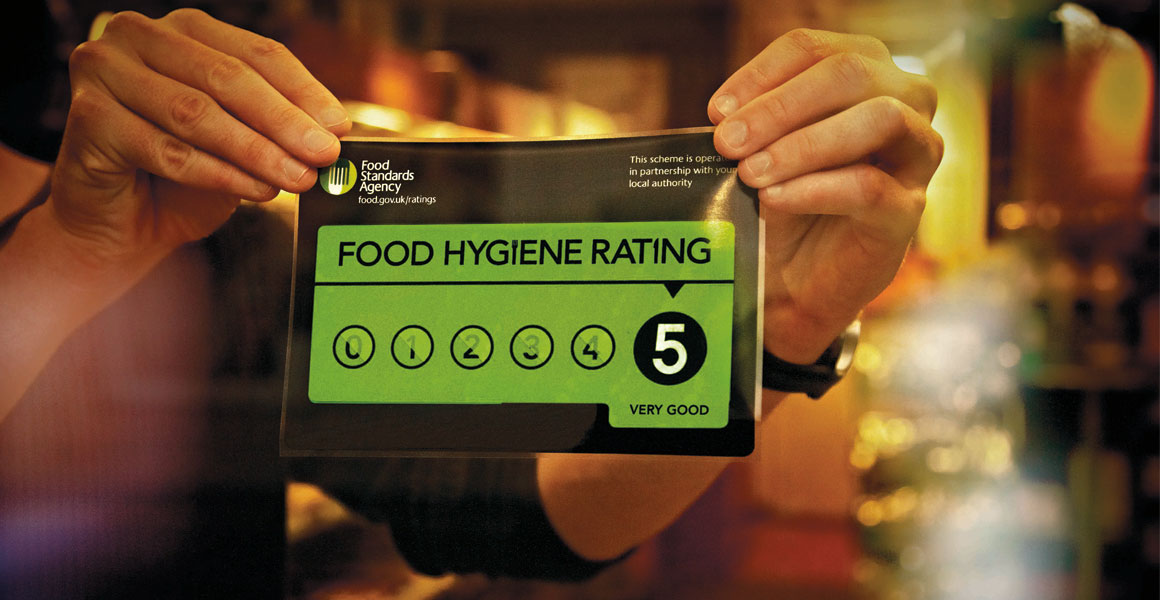RN investigates why independents are falling behind multiples and what they can do to catch up
Join the CLUB to continue reading this story
Club Members have unlimited access to all articles and a whole lot more to elevate your store.or
Register for free and receive the latest news and views to your inbox every week





Comments
This article doesn't have any comments yet, be the first!